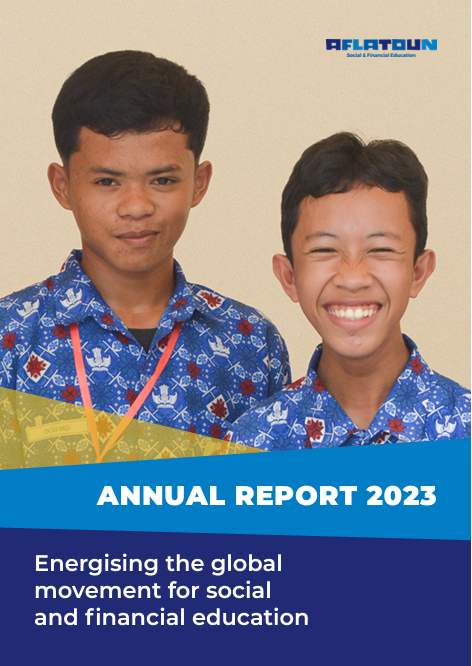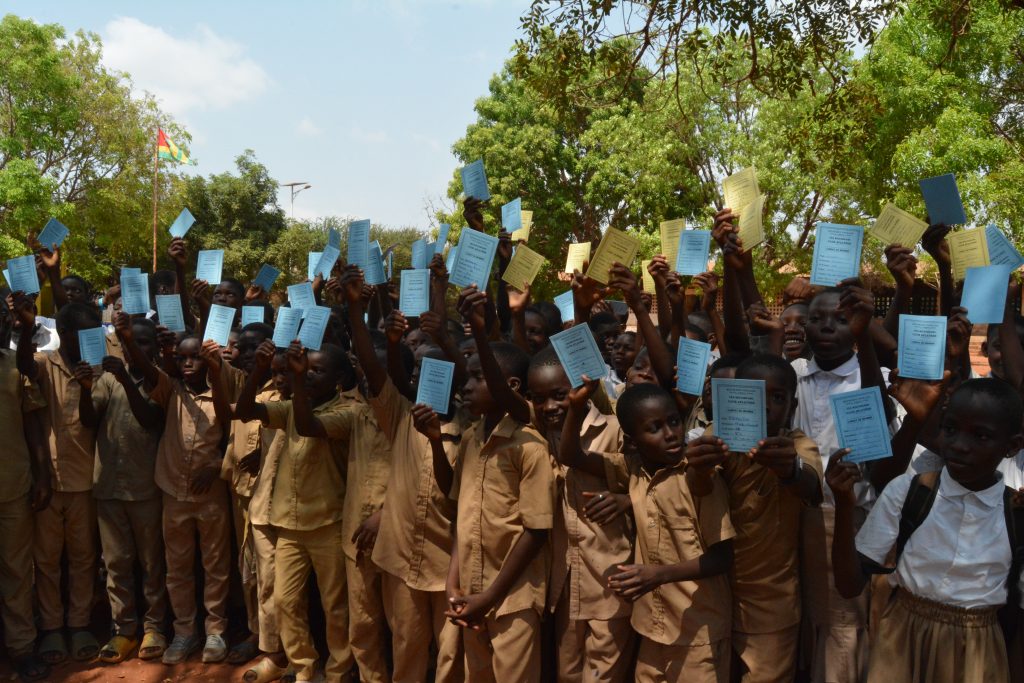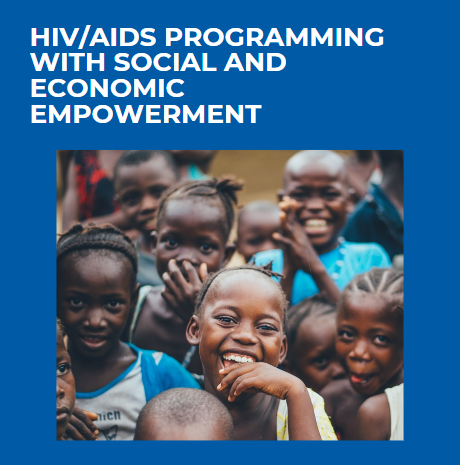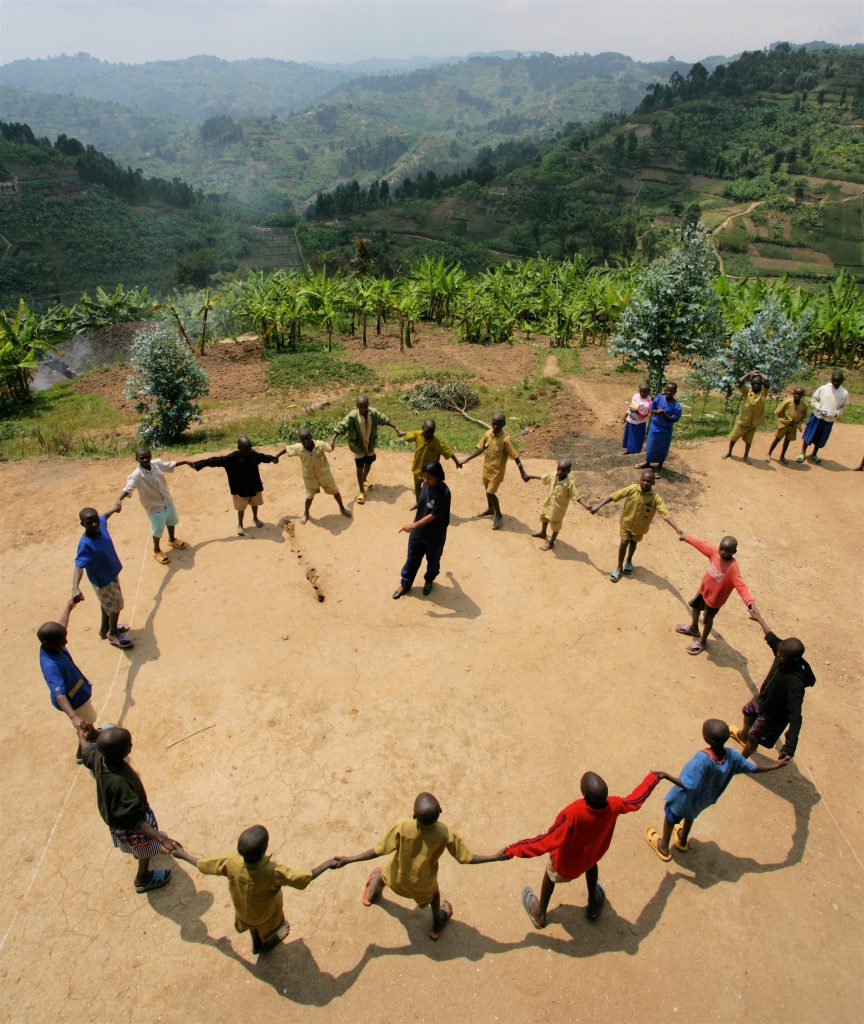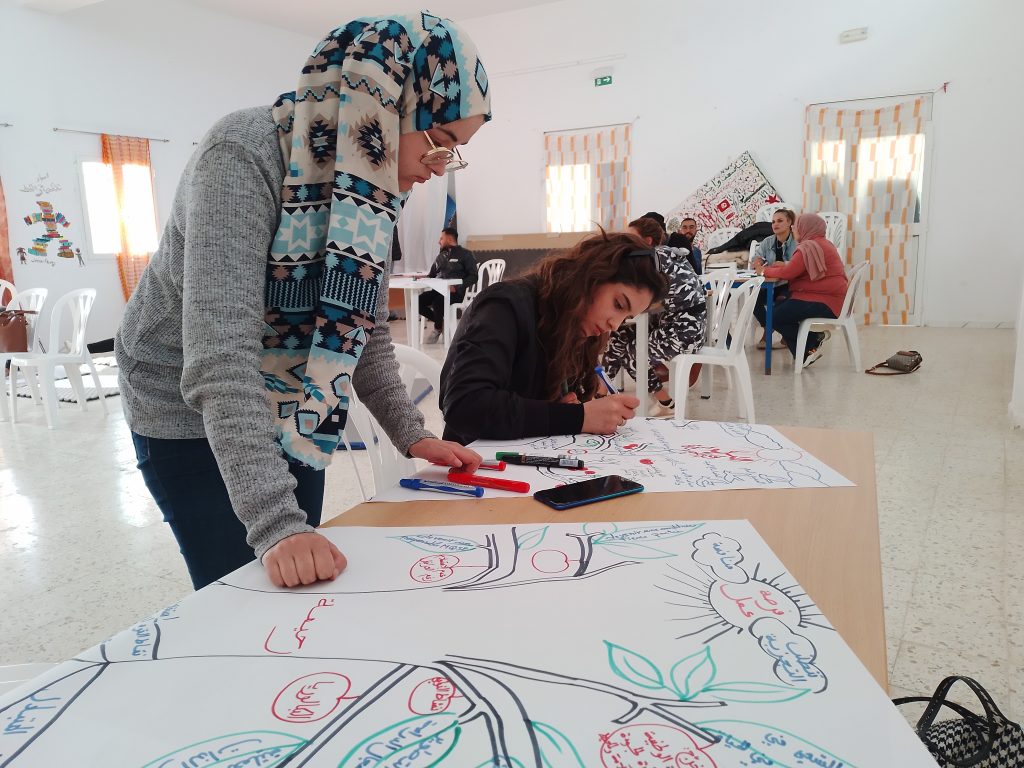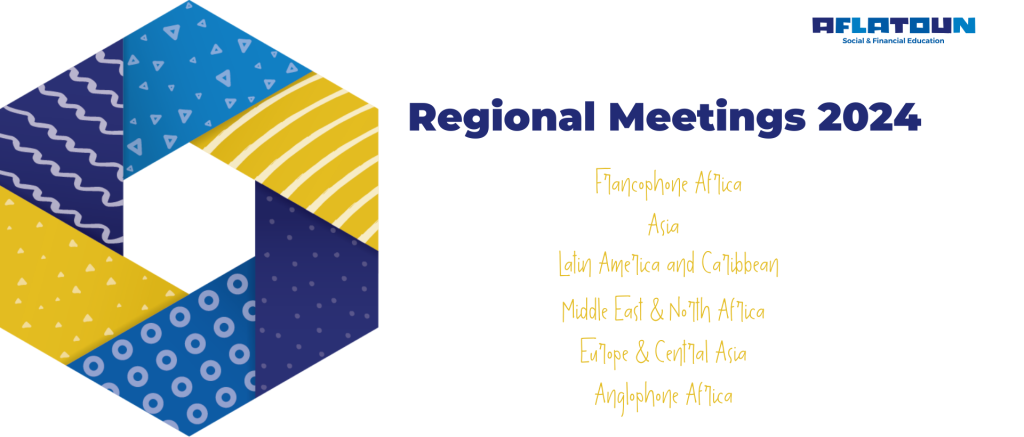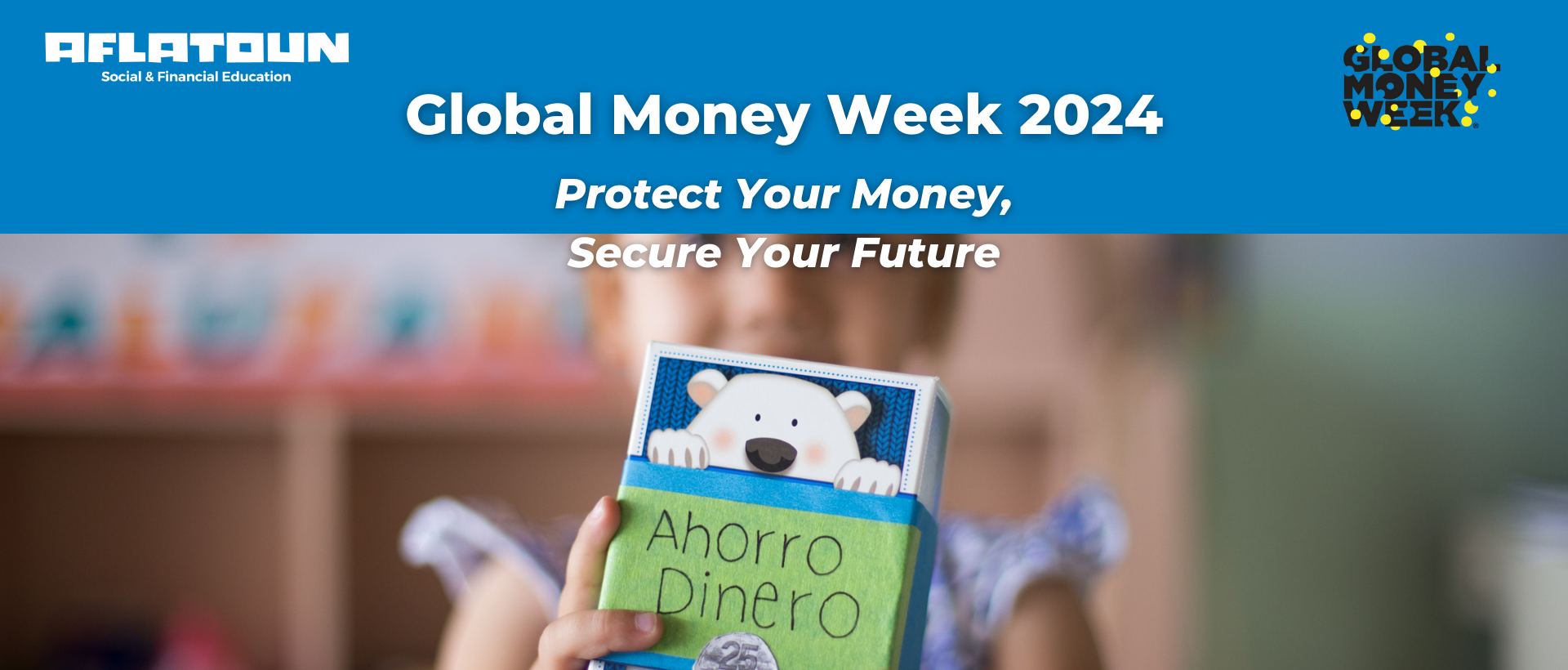One-Year Project Shifts Semi-Family Homes from Custodial Centers to Empowerment Hubs
A year-long collaborative project, “Home, Our Common Language,” culminated on October 15, 2025, in a celebratory exhibition in Tehran, showcasing a new national model for youth empowerment.
The initiative, led by a year-long partnership between the Aamaal Institute and two other NGOs, was launched to address a critical flaw: semi-family homes were operating merely as care centers, failing to adequately focus on the social development, life skills, and preparation for independent living of the children and adolescents they housed. To fill this gap, the Aamaal Institute prepared specialized courses and teaching material based on Aflatoun books and was fully responsible for the course training throughout this project.
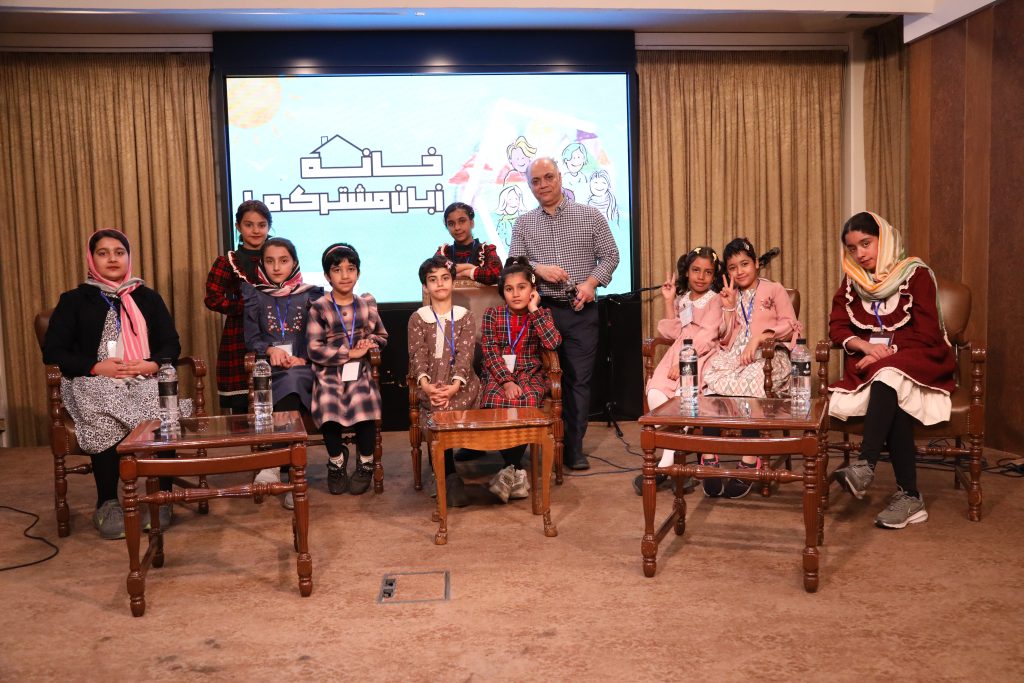
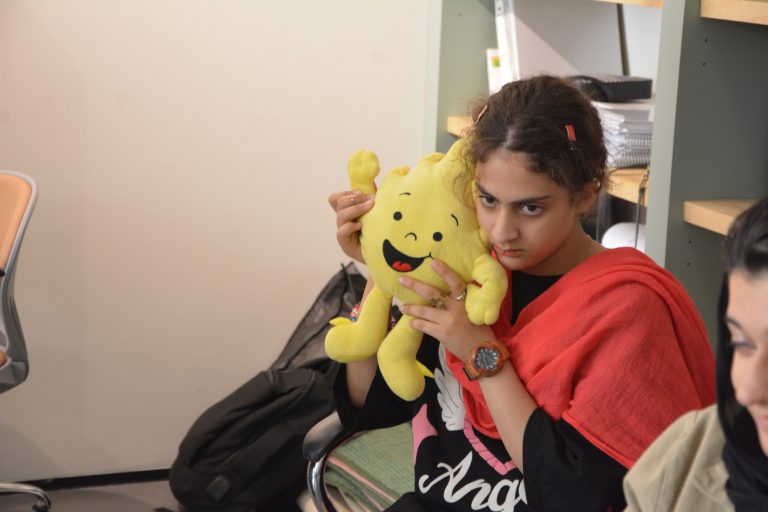
Key Project Actions and Outcomes
The project focused heavily on specialized training for both residents and staff:
- Children’s Empowerment: Forty children (ages 6–18) participated in creative, participatory programs designed by the Aamaal Institute. Key topics included financial literacy, emotional intelligence, conflict resolution, and redefining ‘Home’ as a safe, collective space.
- Mentor Training: Thirty mentors and the managers of the semi-family center identified as lacking specialized training, received education in a Dialectical Approach to communication. This training—which consisted of a teacher training course, a relation-based empowerment course, and other modules held by the Aamaal Institute—significantly improved their ability to engage with the children, leading to a stronger team spirit and reduced burnout.
- Exhibition: The event featured four halls of creative projects by the youth, demonstrating their newfound confidence, social skills, and growth.
The central concept of the event was “Home” as the symbol of growth, empathy, and learning. The collaboration was praised for successfully creating a scalable framework. In the event, children presented their diverse projects across four halls, showcasing a different world of their creativity and educational experiences.
Every booth was a window into the children’s world, showcasing not only their skills but also their perspective and emotions in the form of creative and impactful projects. In the Little Writers booth, a world of imagination and emotion was displayed, with every written page being a unique narrative of the children’s inner world. The From Seed to Life booth, with its green and vibrant potted plants, instilled a living symbol of hope and dynamism in the hearts of the guests. The Freedom and A New Start booths creatively depicted the children’s experiences of independence and new pathways. In the Let’s Imagine Together and Classic Houses booths, the children’s ideas and creativity were manifested through creative models and designs. The Pioneering Women and Self-Made Girls booths, focusing on empowerment and role modeling, narrated a story of growth and self-belief. Our Life and Flowers and Writing for Living integrated art and life, showing how the children had understood the meaning of life through writing and connection with nature.
Guests, including government and State Welfare Organization officials, attended, underscoring the project’s success in developing a model that champions holistic empowerment over basic care. The positive change was palpable, with the children serving guests at the close, reflecting their increased confidence, happiness, and sense of belonging.

